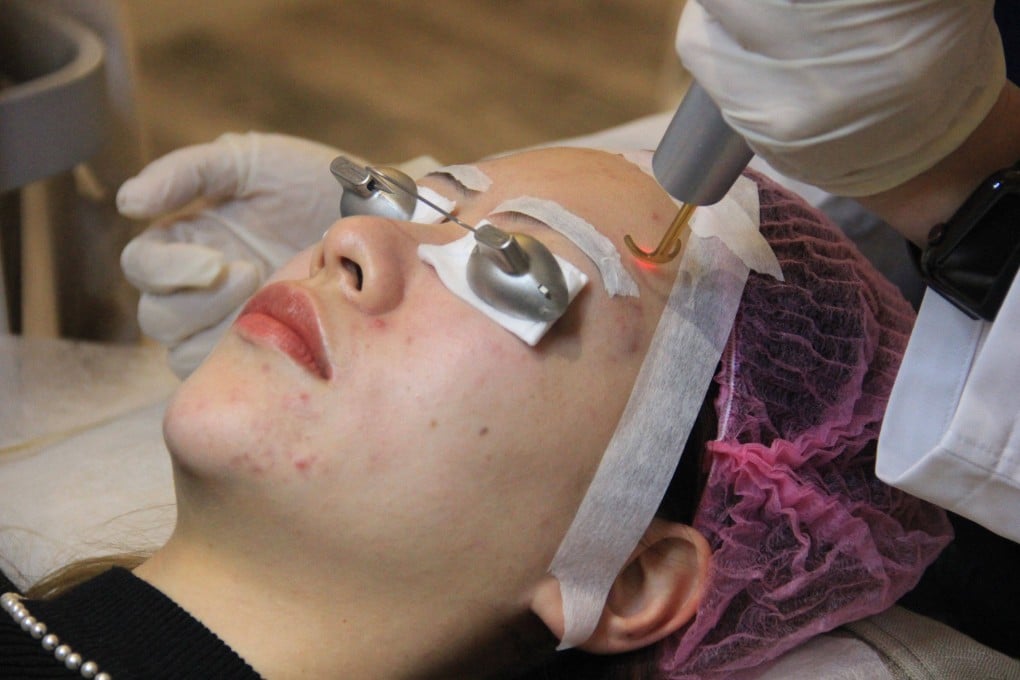In China, beauty is only skin deep in the ‘micro-procedure’ craze
- Lunchtime facelifts and micro-procedures are expected to be worth US$46 billion in China this year thanks to social media and other pressures to look good
- The Communist Party has banned industry advertising practices adding to ‘appearance anxiety’, such as before-and-after images

Midday queues snake out to the street in an upmarket Shanghai neighbourhood, but it is not lunch at the city’s hottest restaurant that people are lining up for – it’s cosmetic “micro-procedures”, which are surging in popularity in China.
Kayla Zhang has never gone under the knife for cosmetic reasons, but she has had laser treatments, injections and a thread lift – a barbed string inserted under the skin and pulled up to “lift” the face.
“I’m not changing my nose or my eyes, which would be an extreme change in my looks,” the 27-year-old said, adding that she is seeking a “better version” of herself rather than “a totally new face”.
Already popular in the West because they are less invasive and more affordable than traditional cosmetic surgery, micro-procedures – from laser facials and fillers to thread lifts – are fast becoming the norm in China’s cities where disposable incomes have jumped in the past decade.
The Chinese Association of Plastics and Aesthetics estimates, overall, the cosmetic industry will grow to US$46 billion this year compared to around US$6.5 billion in 2013.
Micro-procedures are now an expanding segment of that market, while the growth rates of traditional surgery slow, according to data from consulting firm Frost & Sullivan.
